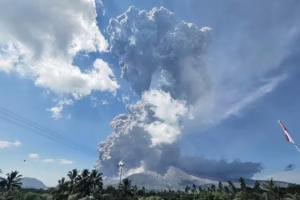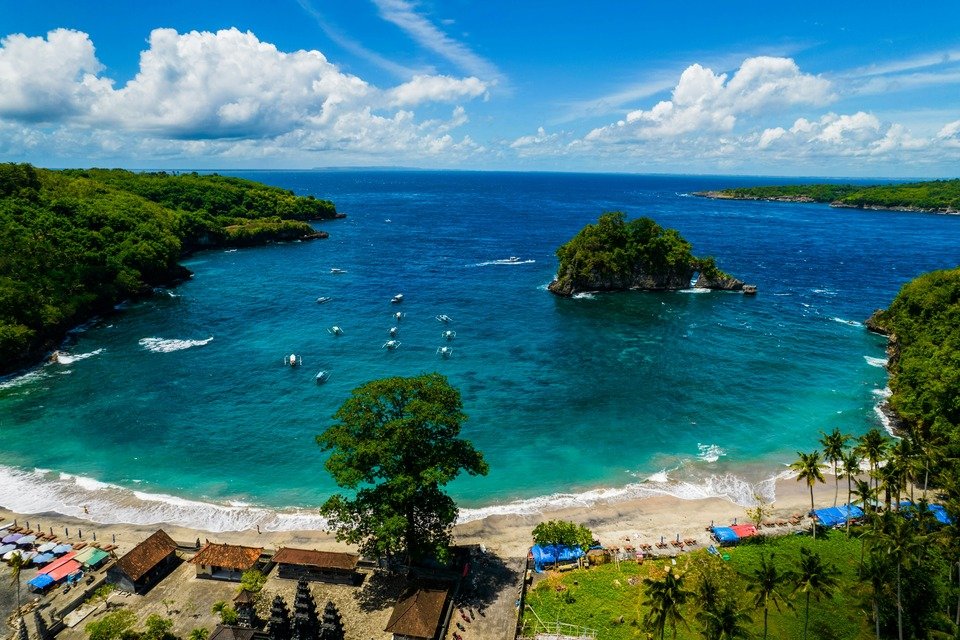
Indonesia’s resort island of Bali is now officially the second most densely populated island in the world, trailing only neighboring Java, according to data cited by national daily Kompas. The revelation has renewed concerns among locals over mounting pressures from overtourism and internal migration.
With a land area of just 5.780 square kilometers and a resident population of 4,2 million, Bali now has an average population density of 731 people per square kilometer—excluding tourists. On any given day, more than 60.000 visitors arrive on the island. In 2024 alone, Bali welcomed over 6,3 million international travelers.
Despite being recently named the world’s most beautiful island in 2025 by UK-based travel agency Travelbag, the island’s rising popularity is coming at a cost. While tourism powers over half of Bali’s economy, it is also straining infrastructure, inflating land prices, and squeezing out local residents.
“I feel suffocated in my hometown,” said Wahyuni, a 41-year-old from Denpasar, in comments reported by Kompas. “The population density in Bali is a big challenge for me as a villager wanting to feel comfortable in my own environment.”
Locals Priced Out of Land
Wahyuni added that the pressure wasn’t just from foreign tourists. An influx of non-Balinese Indonesians seeking work in Bali has also added to the density. At the same time, younger Balinese are increasingly heading abroad, creating labor shortages in sectors like agriculture. “Who would become pickers?” he said.
“Because of this gap, they ultimately had to rely on outsiders.”
The surge in demand for housing has further pushed land ownership out of reach for many. “We are increasingly unable to buy that piece of land that we used to dream of,” Wahyuni said.
International concerns about overtourism in Bali have also grown. U.S. travel outlet Fodors named Bali the top destination to avoid in 2025 due to the island’s struggle with overtourism.
As the island navigates its global popularity, many locals are calling for more sustainable growth that ensures Bali remains livable not just for visitors, but for its own people.










